How To Handle A Hurricane? Lots Of Luck, Even More Skill [Opinion]
Being in the cross-hairs of a major hurricane sucks. Taking a beating from one sucks even worse. Fortunately, for 11-plus years, Florida has gone without having any of these tropical-spun storms of heightened consequence make landfall anywhere along the peninsula. And even after Matthew, this is still the case.
-
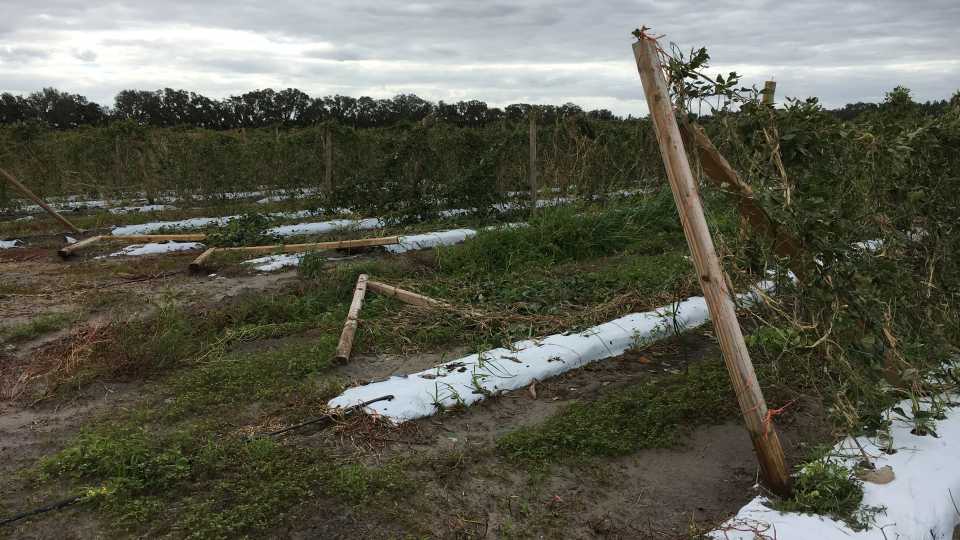
-
1 of 15
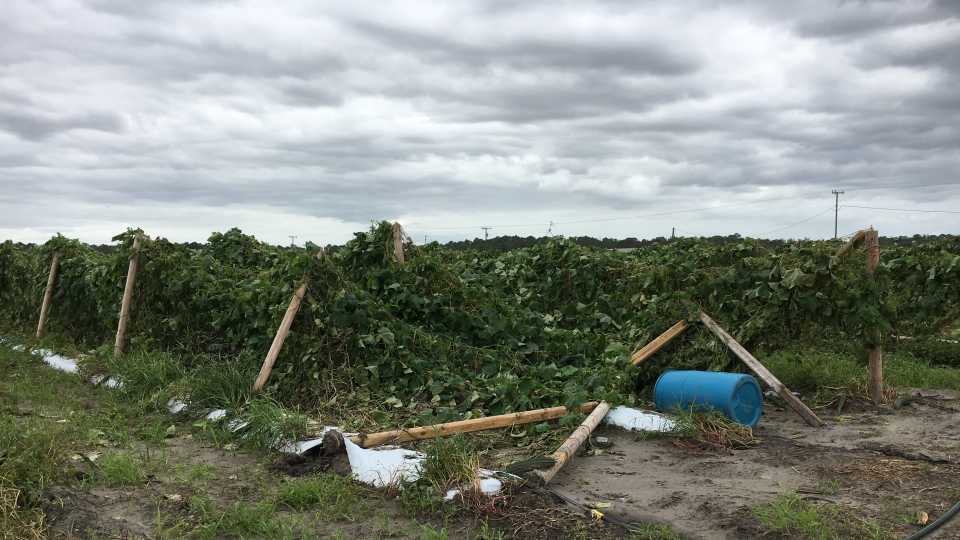
In the Northeast Florida county of St. Johns, Asian vegetables were hit particularly hard by Hurricane Matthew, according to Bonnie Cook Wells, a UF/IFAS Commercial Agriculture Extension Agent. Scenes like this are common across the area.
Photo by Bonnie C. Wells -
2 of 15
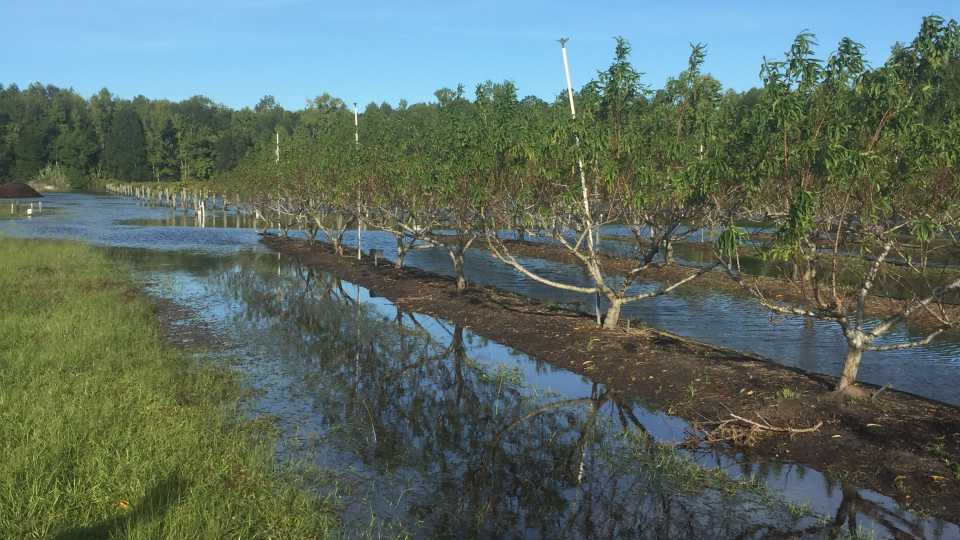
Gary K. England, Director of the UF/IFAS Agricultural Extension Center in Hastings, FL, says this peach tree planting (foreground) and muscadine grape vineyard (background) located near downtown Hastings flooded for two to three days by a combination of 9.5 inches of rainfall -- pre- and during Hurricane Matthew -- plus a tidal surge from the St. Johns River through one of its tributaries.
Photo by Gary K. England -
3 of 15
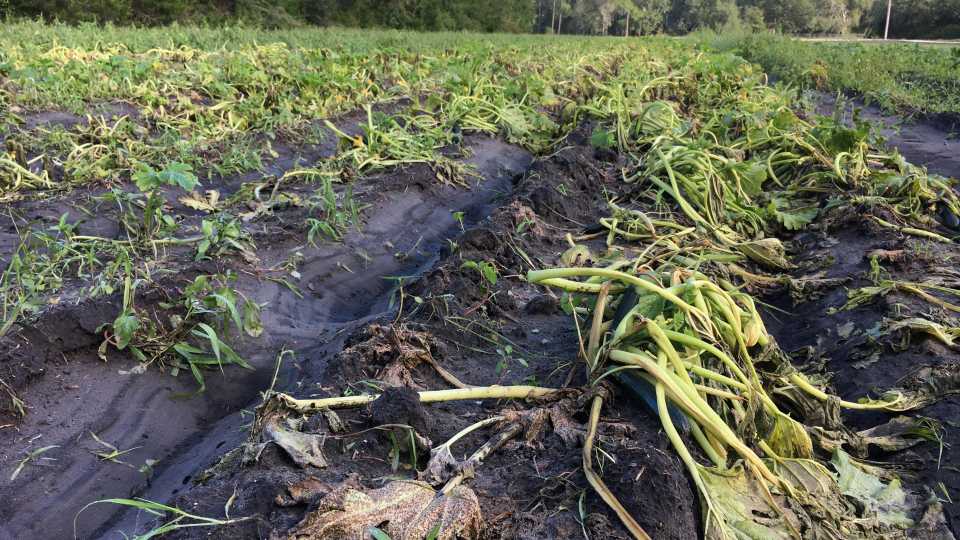
This field of squash in St. Johns County, FL, was slammed by the rain and wind from Hurricane Matthew.
Photo by Bonnie C. Wells -
4 of 15
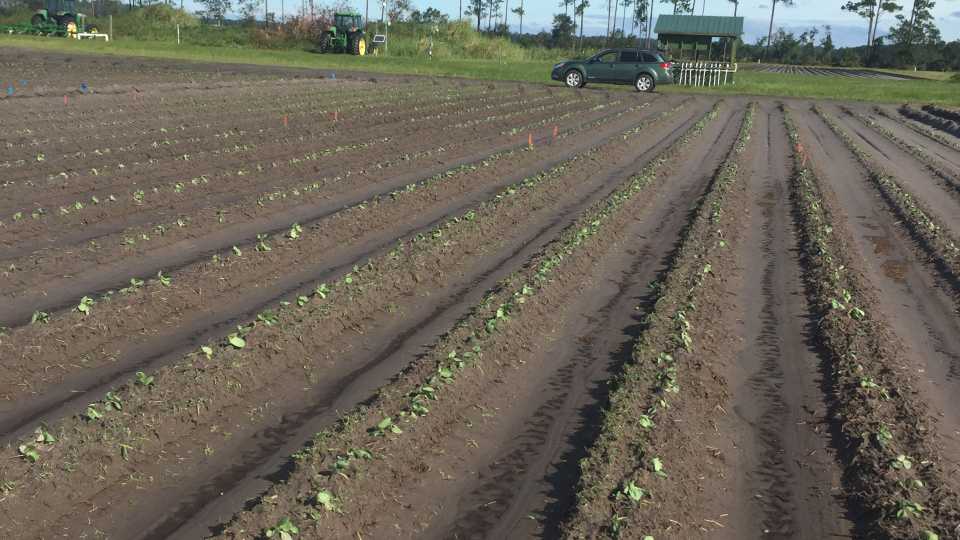
This two-week-old cabbage planting near Hastings, FL, is still mainly alive, but heavily impacted from Hurricane Matthew's deluge.
Photo by Gary K. England -
5 of 15
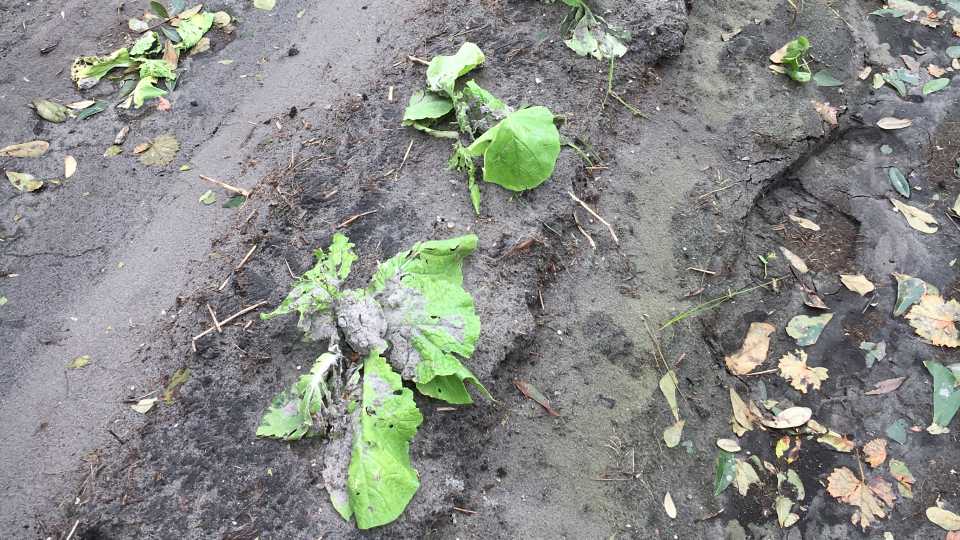
The heavy rain and wind from Hurricane Matthew left these leafy greens dirty, destroyed, and unharvestable.
Photo by Bonnie C. Wells -
6 of 15

Hurricane Matthew made quick work of this trellis of yardlong beans near Hastings, FL.
Photo by Bonnie C. Wells -
7 of 15
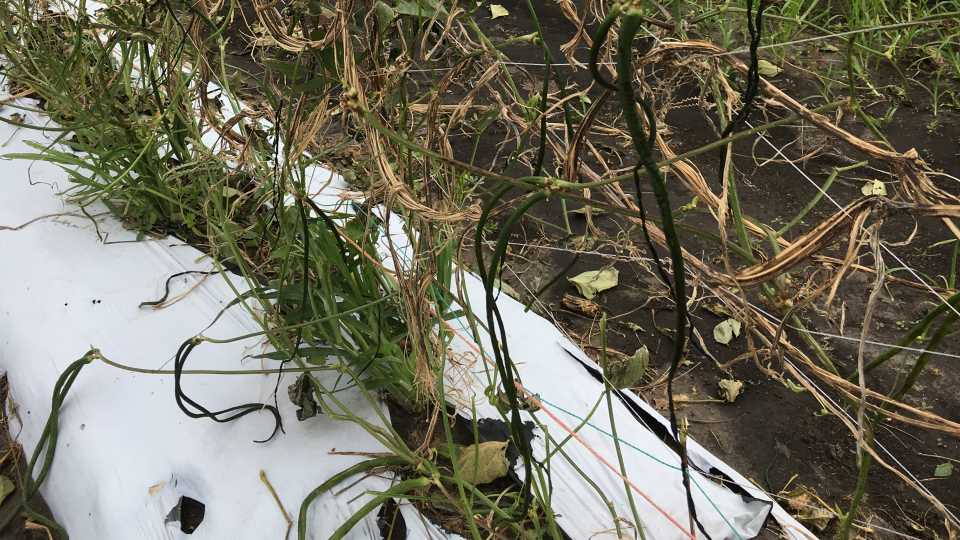
Beds of yardlong beans near Hastings, FL, are now blackened from Hurricane Matthew wind damage.
Photo by Bonnie C. Wells -
8 of 15
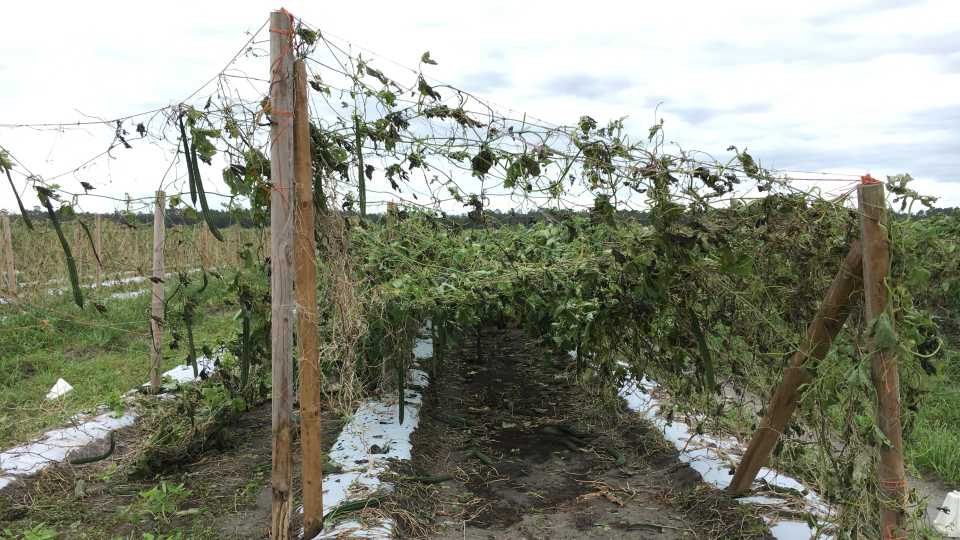
Near Hastings, FL, Hurricane Matthew caused havoc on this trellis of luffa, an Asian vegetable.
Photo by Bonnie C. Wells -
9 of 15
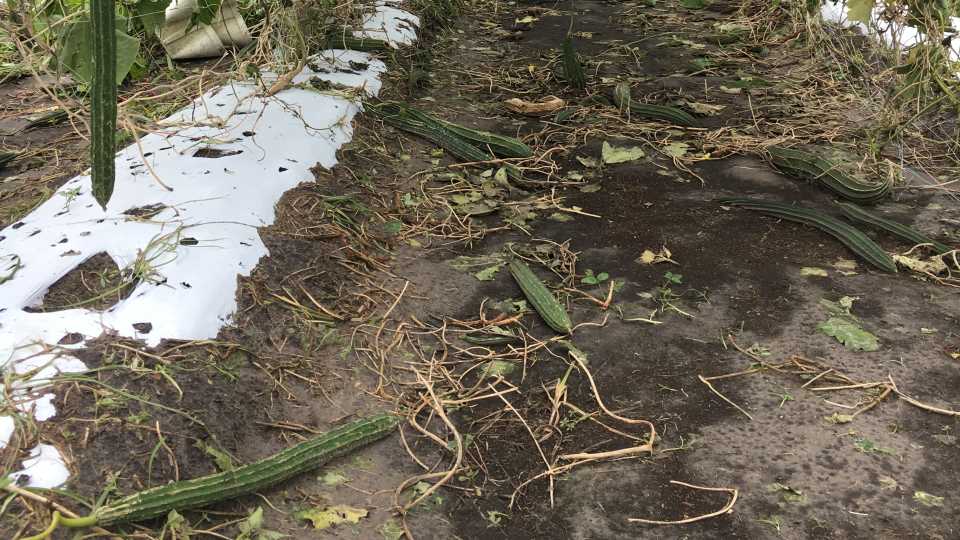
Plenty of luffa fruit were knocked to the ground by Hurricane Matthew's driving wind and rain.
Photo by Bonnie C. Wells -
10 of 15
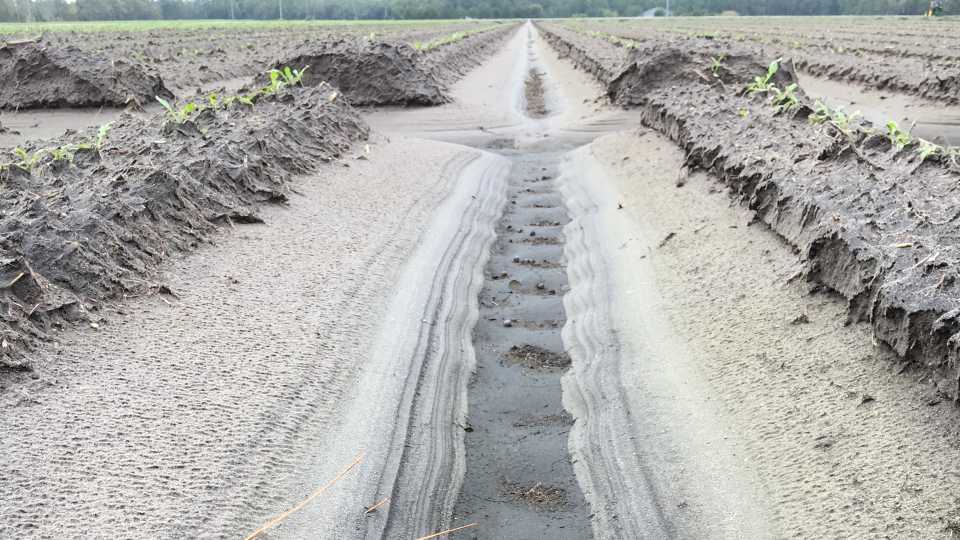
With nearly 10 inches of rain falling from Hurricane Matthew, it's no wonder these vegetable fields near Hastings, FL, look weathered and washed out.
Photo by Bonnie C. Wells -
11 of 15
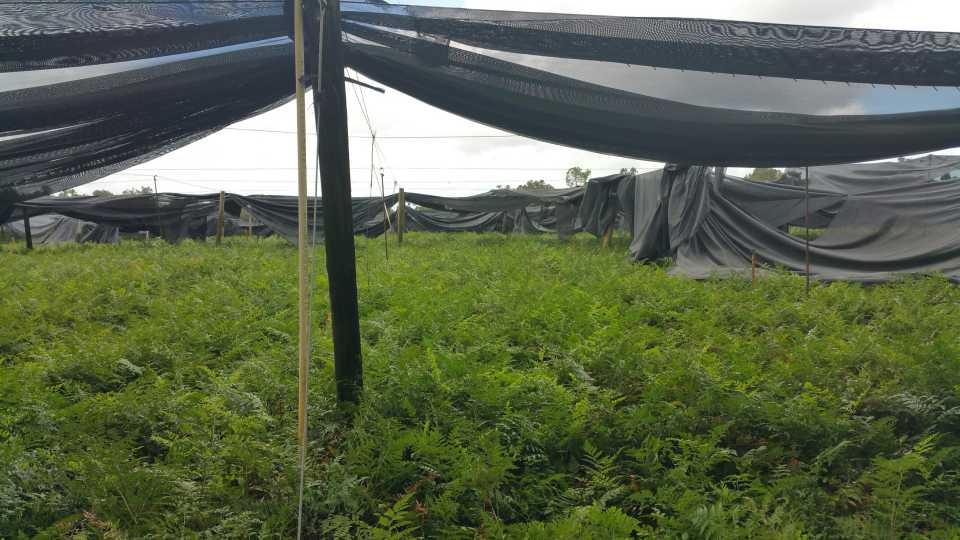
According to Sharon Fox Gamble, Volusia County UF/IFAS Extension Agent, the area's fern/cut foliage industry experienced extreme damage to shade structures. These crops easily sunburn, she says, and will be ruined if growers are not able to figure something out in a hurry.
Photo by Sharon Fox Gamble -
12 of 15
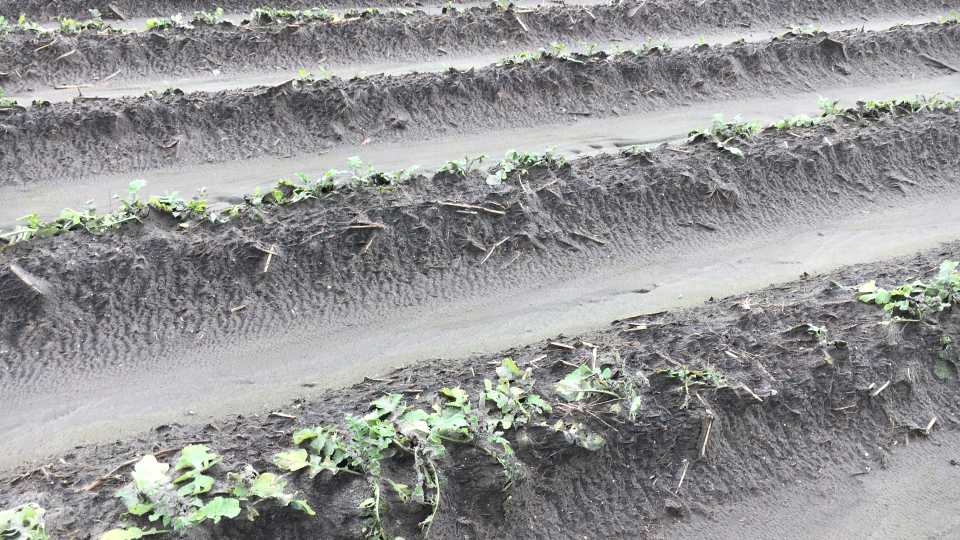
Hurricane Matthew's winds cut this daikon radish field near Hastings, FL, from the roots at the soil line.
Photo by Bonnie C. Wells -
13 of 15
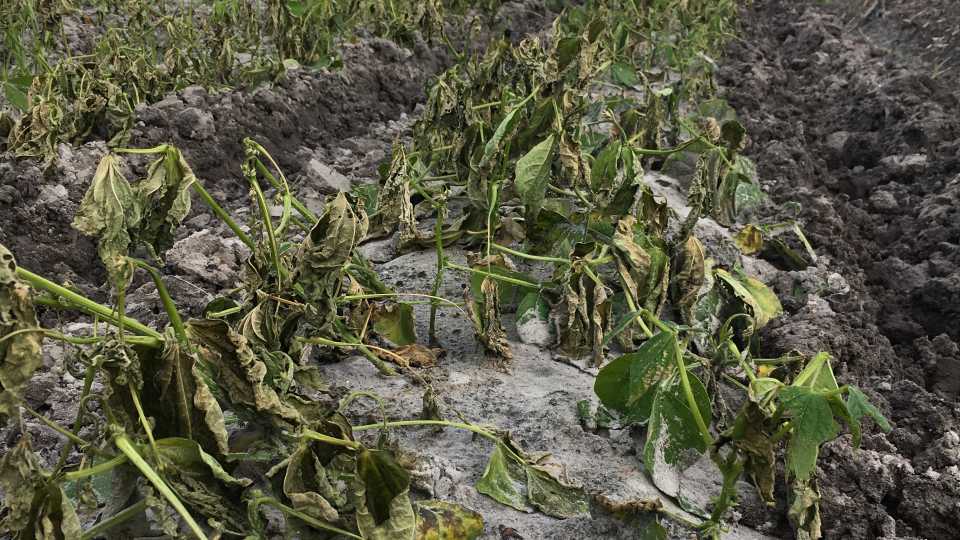
Snap beans were some of the most heavily affected crops in St. Johns County by Hurricane Matthew's wrath.
Photo by Bonnie C. Wells -
14 of 15
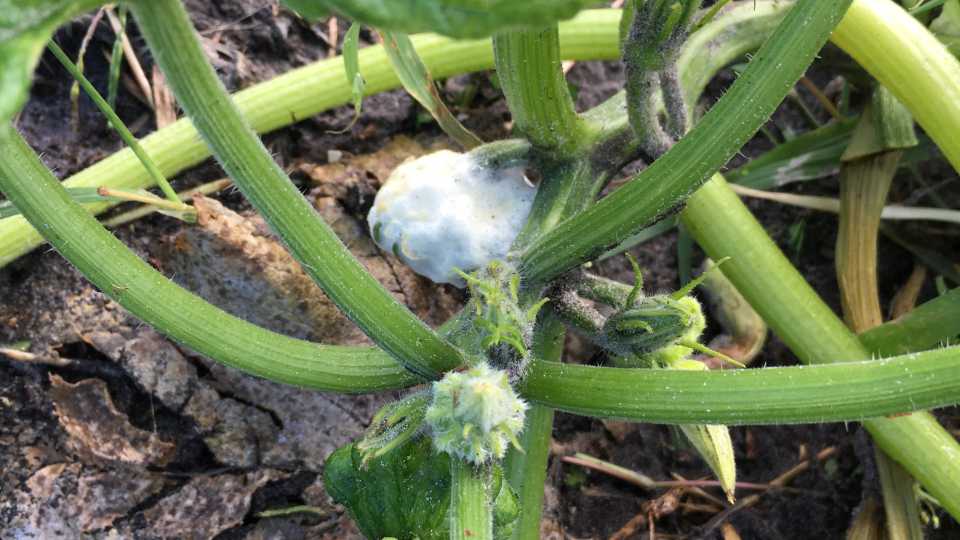
Disease pressure is expected to be high following Hurricane Matthew. Here, rotting and fungal masses are seen on small fruiting pattypan squash near Hastings, FL.
Photo by Bonnie C. Wells -
15 of 15
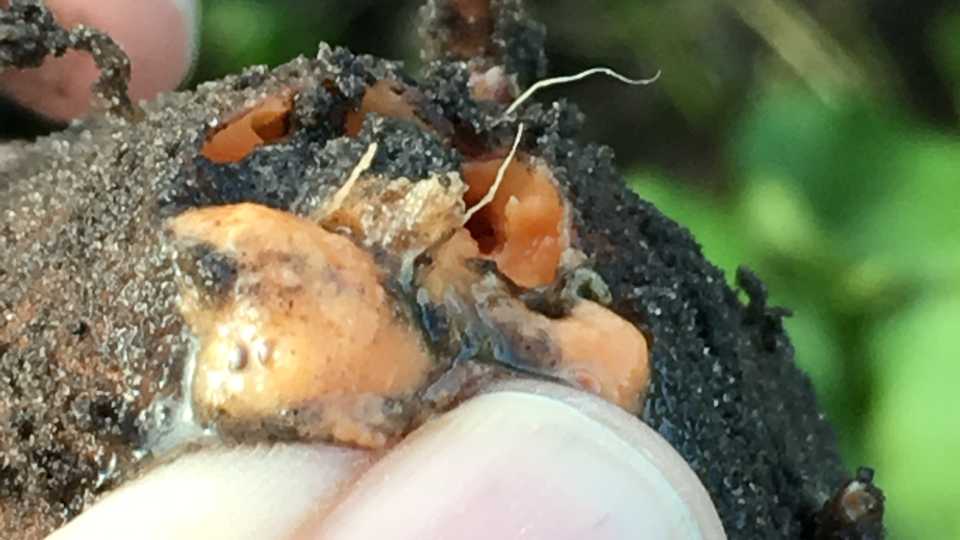
Hurricane Matthew did its damage above the ground and below. This sweet potato is rotting from being water-logged.
Photo by Bonnie C. Wells
View all
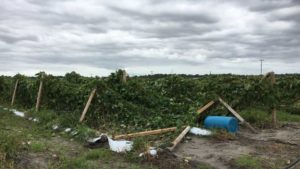
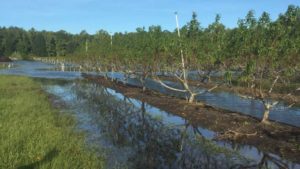
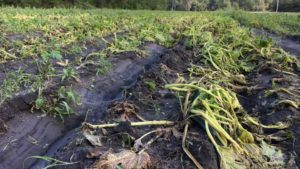
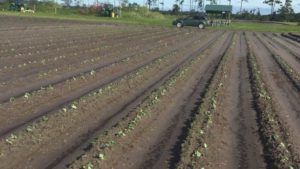
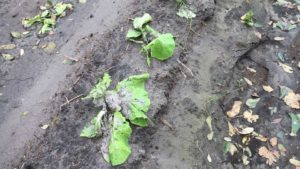
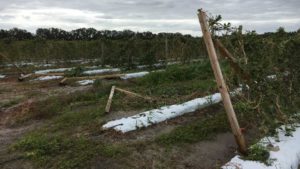
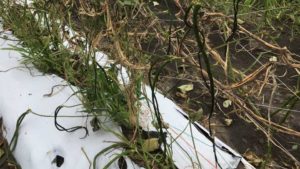
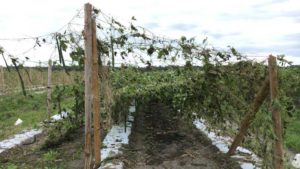
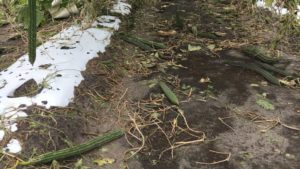
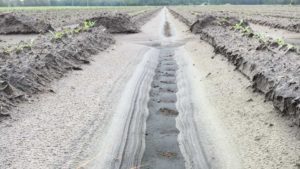
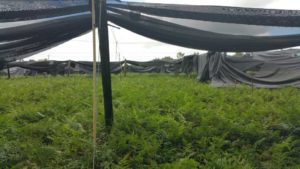
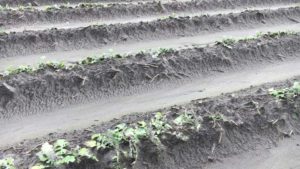
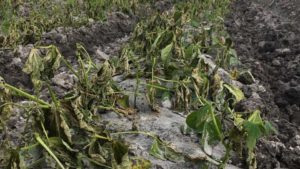
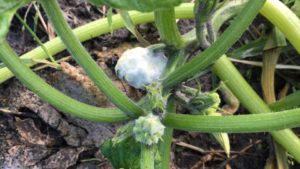
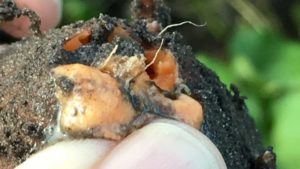
Yes, our hurricane-less streak was finally broken by Category 1 Hermine in early September, but Matthew was a whole different beast. When foreboding forecast models started to rain down from every media platform, and phrases such as: “This storm will kill you” blurted out of television speakers across the Sunshine State (we heard ya, Gov. Scott), we knew the drill: Prepare for the worst and hope for the best. By and large, that is exactly what happened. Water, supplies, and fuel were snapped up in the blink of an eye and hurricane plans were put into motion.
You (growers), too, did what was necessary not only to protect yourself and personal property, but also your farm’s crops, equipment, and structures. And even if your operation wasn’t slammed, the due diligence it took to properly batten down the hatches and then unravel all the parts and pieces to resume business as usual will prove valuable, especially when we come under the gun again — and we will.
When the rain and wind finally waned, the most popular phrases I kept hearing among friends, co-workers, and mainstream media’s talking heads included: “We were really lucky,” and “We dodged a bullet.” The same sentiments held true when I reached out to growers, researchers, and industry associations shortly after Matthew’s departure from the Sunshine State.
We were extremely fortunate that the storm’s path wobbled and most of Matthew’s wrath stayed out over the open water. However, that didn’t mean we came through without our fair share of bumps and bruises. According to reports I gathered from several sources in the field, portions of the state’s ag sector did experience impacts — some significant — from the repeated lashings of rain and wind. Check out the photo gallery above, which illustrates this fact.
Some of the effects were seen immediately. The longer-term impact might not be truly apparent for quite some time. Hopefully, we’ll luck out again in that regard.
I want to extend huge thanks to those who provided me feedback and photos to help complete my coverage before, during, and after the storm.
If you have any experiences from Matthew that you endured and/or are still going through, please send your comments my way.
Subscribe Today For

Paul Rusnak is the Senior Online Editor for Meister Media Worldwide's Specialty Crops Division, which consists of American Vegetable Grower, American Fruit Grower, and Greenhouse Grower magazines, all Meister Media brands. He is based in Northeast Florida. See all author stories here.












